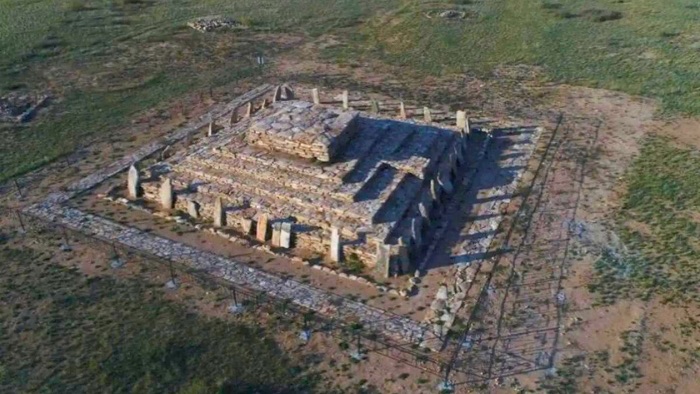The Kazakhstan Hexagon Pyramid, also known as the Aktau Pyramid, is a mysterious structure located in the Karaganda region of Kazakhstan. It has sparked interest and debate among archaeologists and historians due to its unique shape and the lack of clear historical records about its purpose and origin. The structure’s hexagonal form sets it apart from other ancient constructions, leading to various theories about its use and significance.
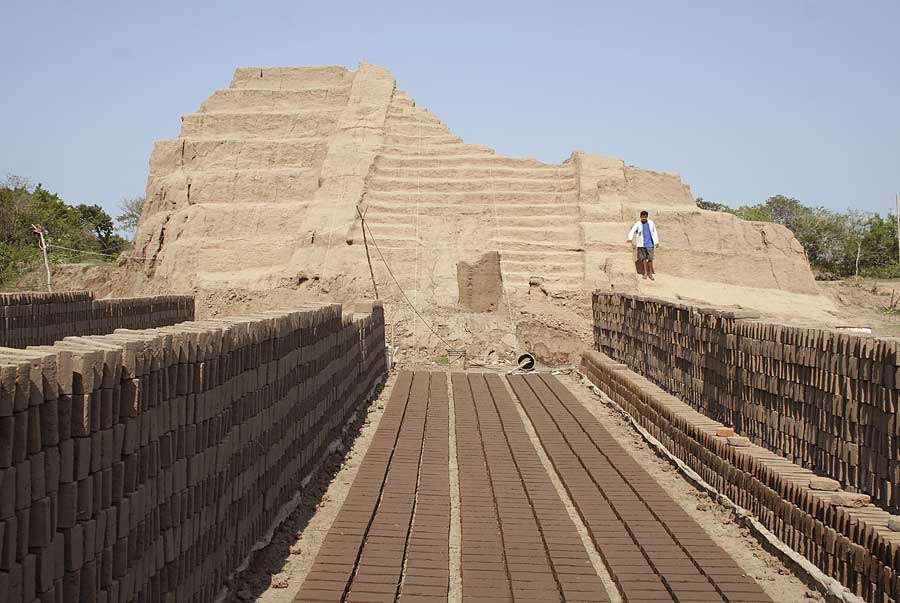
La Joya Archaeological Site
The La Joya Archaeological Site is a pre-Columbian historical treasure located in Mexico. It offers a window into the lives of ancient civilizations that once thrived in Central America. The site is a testament to the ingenuity and artistry of its creators, featuring remnants of structures and artifacts that provide insights into their culture and daily life. La Joya is not as widely known as other Mesoamerican sites, but it holds significant archaeological value for understanding the region’s past.
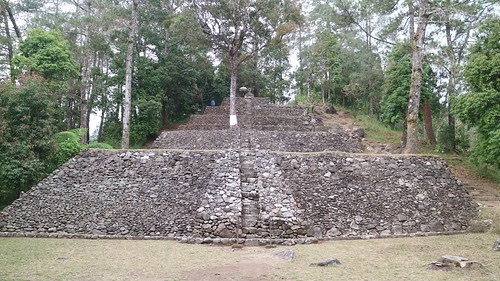
Candi Kethek Pyramid
The Candi Kethek Pyramid is a lesser-known historical site located in Indonesia. It is a structure that reflects the country’s rich cultural heritage and complex history. The pyramid is part of a larger group of temples and archaeological sites that showcase the influence of Hindu and Buddhist cultures in the region. Despite its name, the Candi Kethek is not a pyramid in the traditional sense but rather a temple that bears a pyramidal shape. Its origins and purpose have intrigued historians and archaeologists, leading to various theories and interpretations.
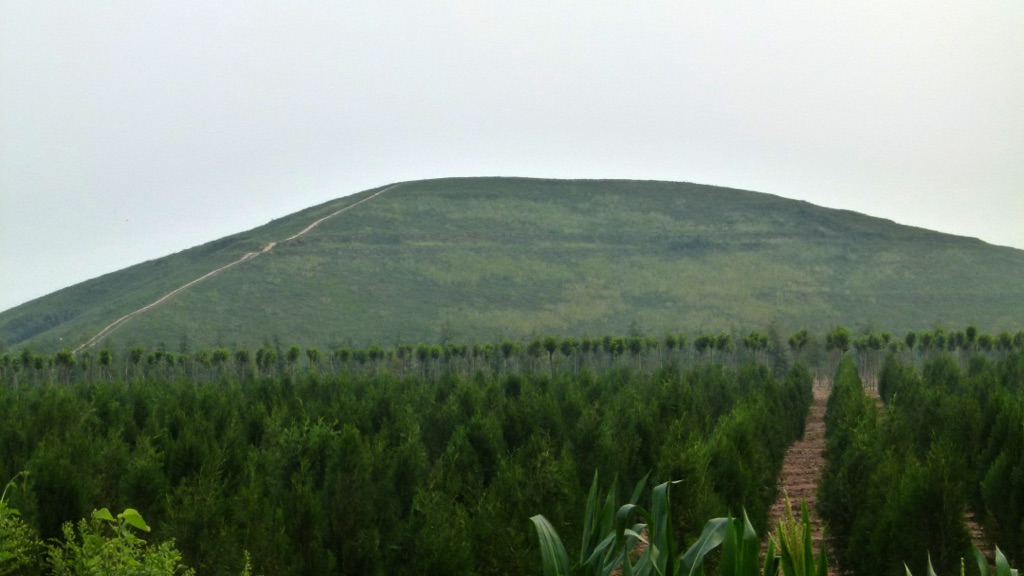
Han Changling
Han Changling, also known as the Tomb of Prince Zhang Huai, is a significant historical site from the Han Dynasty. It is one of the tombs located in the Maoling Mausoleum area, which is the final resting place of Emperor Wu of Han. Discovered in 1968, the tomb is renowned for its well-preserved wall paintings that depict various aspects of life during the Han Dynasty. These artworks provide invaluable insights into the social structure, customs, and daily activities of that era.
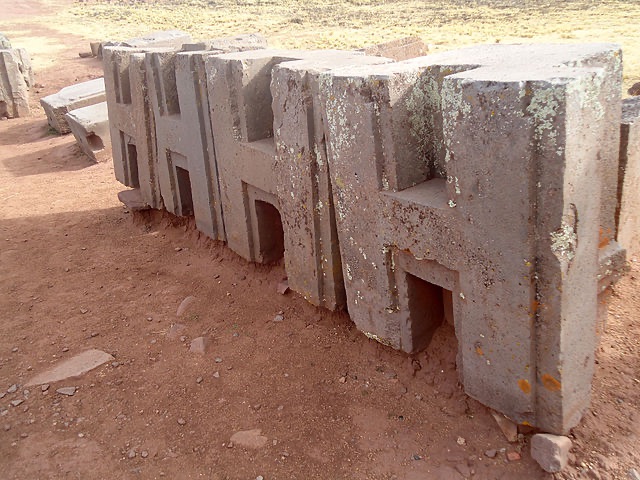
Puma Punku
Puma Punku, a significant archaeological site, lies in the Bolivian Andes at an altitude of over 12,000 feet. It’s part of the larger Tiwanaku site near Lake Titicaca, one of the most important pre-Columbian sites in South America. Puma Punku amazes with its finely cut stones and intricate masonry, which have puzzled archaeologists and researchers for years. The precision of its stonework suggests advanced knowledge of stone-cutting, engineering, and geometry. Despite its ruinous state, Puma Punku continues to be a subject of fascination, drawing attention to its potential as a center of ancient technology and culture.
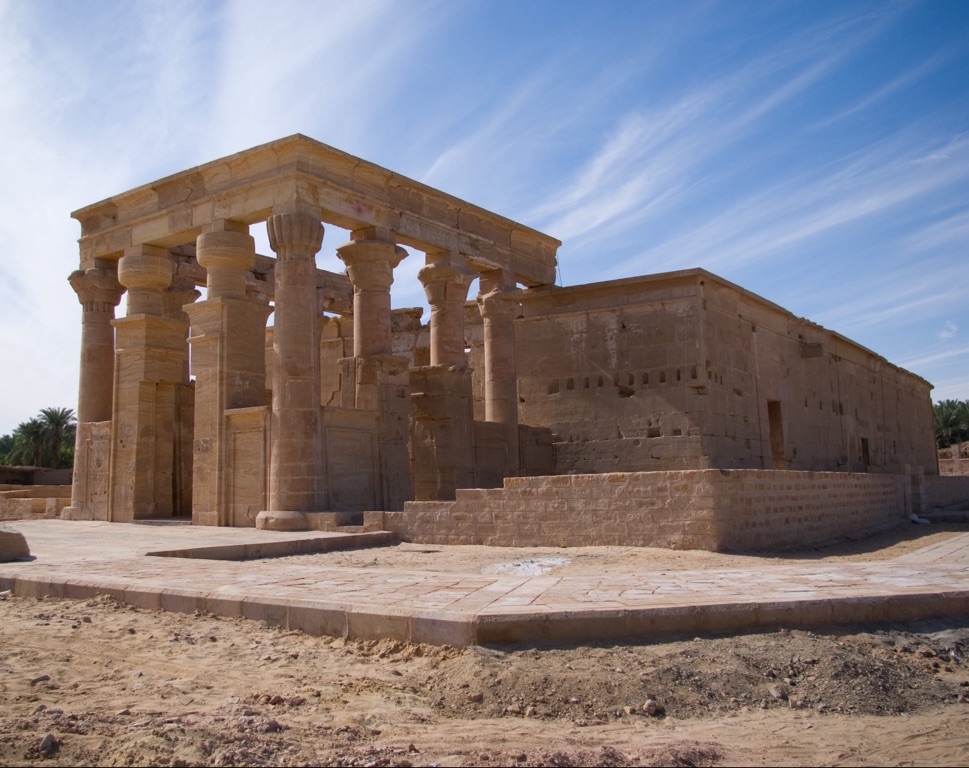
Temple of Hibis
The Temple of Hibis stands as a remarkable testament to ancient Egyptian civilization, nestled in the Kharga Oasis. It is the largest and most well-preserved temple in the oasis, dedicated to the Theban triad of Amun, Mut, and Khonsu. The temple showcases a blend of Egyptian architectural styles, with influences from the Persian period. Its walls are adorned with intricate inscriptions and vibrant paintings that have withstood the test of time, offering a glimpse into the religious practices and artistic achievements of the era.

